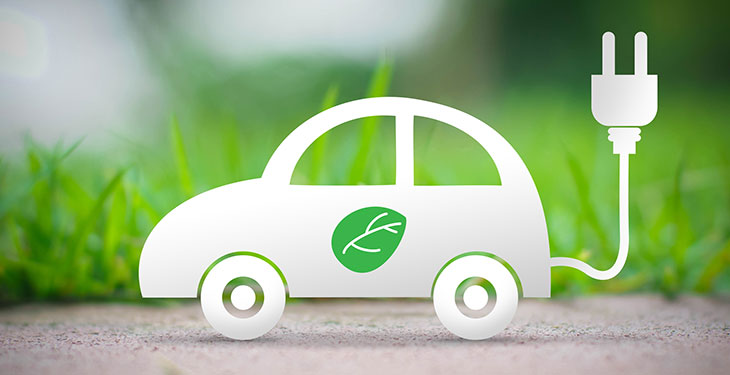Romanian Government approved, at the Tuesday’s meeting, the draft Emergency Ordinance on the promotion of clean road transport vehicles, in support of low-emission mobility, informs the Ministry of Environment.
The normative act transposes in the national legislation the provisions of the EU Directive 2019/1161 regarding the promotion of non-polluting road transport vehicles.
“As a member state of the European Union, Romania has undertaken the transition to eco-mobility, and an essential component of this process is the decarbonization of the transport sector. And because Romanian legislation in this area has proved ineffective in stimulating the purchase of clean vehicles, especially from public funds, we are coming up with new regulations that impose, for the first time, clear targets for all public procurement of vehicles. It is an important step that comes in addition to programs to support clean vehicle procurement, such as Rabla Plus, or financing programs for the supply infrastructure for electric vehicles,” said Barna Tanczos, Minister of Environment, Waters and Forests, according to Agerpres.
Non-polluting vehicles are defined as light non-polluting vehicles, ie any car or minibus that meets the following criteria: until 31 December 2025 – the maximum amount of CO2 emissions at the exhaust pipe is of less than 50 g/km, as well as pollutant emissions in real driving conditions (RDE) less than 80%; from 1 January 2026 – zero emission vehicles only.
Also, the category of clean heavy vehicles includes any truck or bus that uses one of the following alternative fuels: hydrogen, electricity, natural gas (LPG, CNG, LNG), liquid biofuels and synthetic fuels.
According to the normative act, starting with August 2, 2021, in the process of public procurement or sectoral procurement, the contracting authorities and entities have the obligation to ensure that, for each procurement contract for vehicles, the share of non-polluting vehicles is respected.
In the first phase, until December 31, 2025, the share for light non-polluting vehicles is of 18.7%, and for non-polluting heavy vehicles is of 6% in the case of vans and 24% in the case of buses for passenger transport. Between January 1, 2026 and December 31, 2030, the share for non-polluting light vehicles remains at 18.7%, but for heavy vehicles it increases to 7% in the case of vans and 33% in the case of buses.
